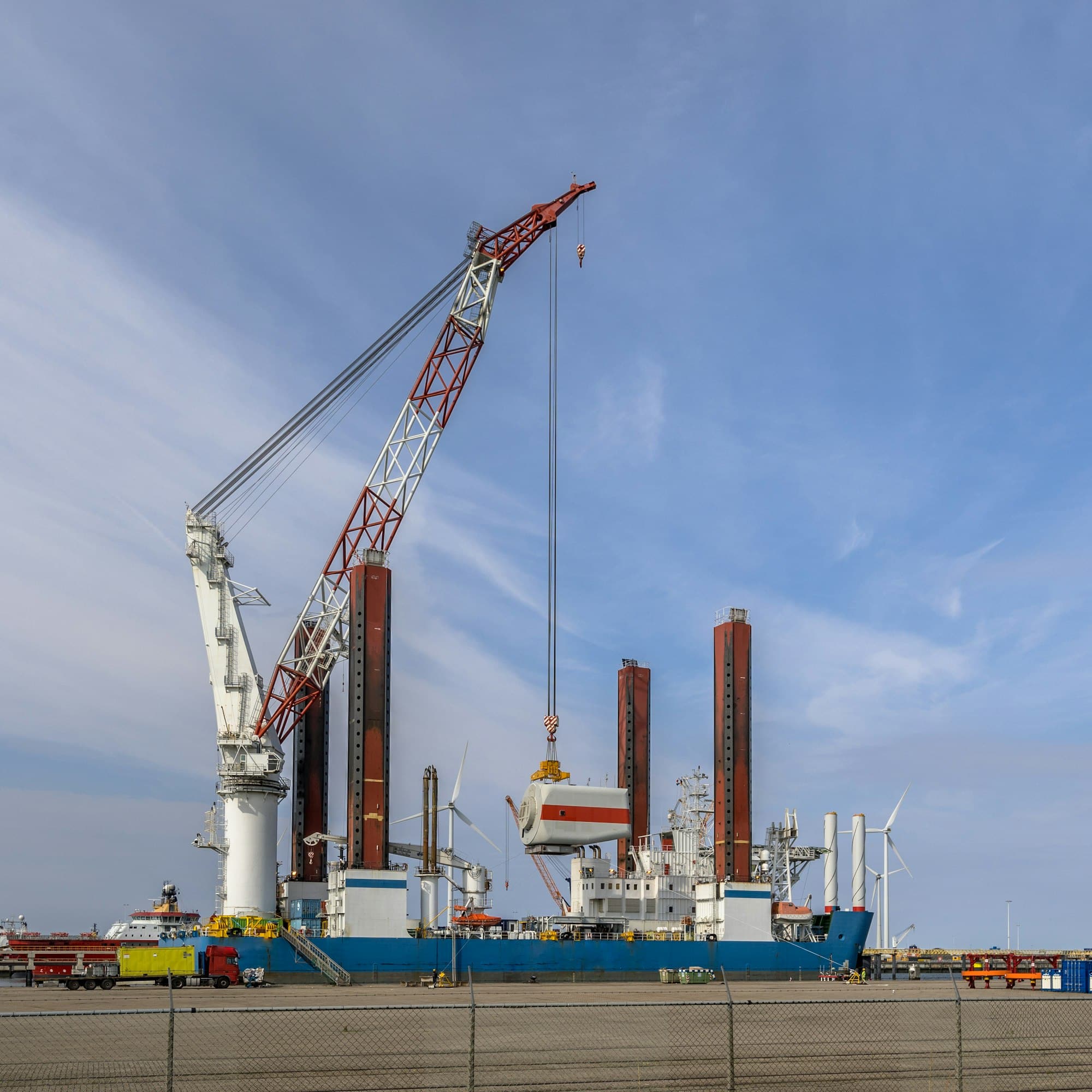As the world pivots towards renewable energy sources, the UK’s push for offshore wind power is a topic worth discussing. In recent years, the United Kingdom has made significant strides in evolving its offshore wind energy sector. The government, industry stakeholders, and the public alike have shown unwavering commitment to harness this form of renewable energy. This article will delve into the development of these projects, their capacity, the technology behind them, and the cost implications to provide you with comprehensive insights.
The Government’s Role in Offshore Wind Energy Development
The role of the government in fostering the development of offshore wind energy cannot be overstated. The UK government has been steadfast in creating a conducive environment for the growth of the offshore wind industry. It has continuously invested in research and development for wind energy and established policies that favour the sector’s expansion.
In parallel : How Can Personal Genomics Impact Preventive Health Care Strategies?
One of the pivotal moves by the government was the unveiling of the Offshore Wind Sector Deal in 2019. This agreement between the government and the wind energy industry set the groundwork for increased capacity in offshore wind power generation. It aims to increase offshore wind power capacity to 30 GW by 2030, enabling it to provide more than one-third of the UK’s electricity. This bold move has accelerated the setting up of new farms and the expansion of existing ones.
Moreover, the government has committed to quadrupling offshore wind power capacity by 2030. This will involve the construction of gigantic wind turbines offshore, which will significantly boost electricity generation.
Also read : How Does Urban Furniture Design Contribute to Public Well-being and Social Interaction?
The Evolution and Capacity of Offshore Wind Farms
Offshore wind farms have considerably evolved over the years, thanks to advancements in technology and increased government support. They have grown in number, size, and capacity, becoming a significant contributor to the UK’s power grid.
The Hornsea One offshore wind farm, for instance, is currently the largest in the world. It spans an area of about 407 square kilometers and comprises 174 turbines. Collectively, these turbines have a capacity to generate 1.2 GW of electricity, enough to power over a million UK homes. This is a clear illustration of the capacity that offshore wind farms hold in electricity generation.
Numerous other projects are also underway. For instance, the Dogger Bank Wind Farm, once completed, will eclipse Hornsea One in size and capacity. The farm, which is being developed in three phases, will have a combined capacity of 3.6 GW, making it the world’s largest offshore wind farm.
The Power and Technology Behind Wind Turbines
Wind turbines form the backbone of wind farms. They are the structures that actually capture the wind’s energy and convert it into electricity. The technology behind these turbines has been advancing rapidly, increasing their power generation capabilities.
A modern offshore wind turbine stands several hundred feet tall, with blades that span over a hundred meters. These colossal structures capture the wind’s kinetic energy and convert it into mechanical power using a rotor. The rotor is connected to a generator that converts this mechanical power into electricity.
The turbines used in offshore farms are generally larger than their onshore counterparts. This is because wind speeds are typically higher at sea, meaning larger turbines can capture more energy. For instance, the turbines used in the Dogger Bank Wind Farm are among the largest ever used, with a rotor diameter of 220 meters and a total power output of 13 MW each.
The Cost Implication of Offshore Wind Energy
While the benefits of offshore wind energy are numerous, one of the critical factors that has often been a stumbling block is the cost. However, significant strides have been made in recent years to make offshore wind a more affordable source of energy.
The cost of offshore wind energy has been on a steady decline over the past decade, thanks to technological advancements and increased government support. The cost of producing electricity from offshore wind farms has fallen by approximately 30% since 2012, according to a report by the Department for Business, Energy and Industrial Strategy. This has made offshore wind energy more competitive with traditional forms of energy generation.
Furthermore, the government’s commitment to quadrupling offshore wind capacity by 2030 is expected to drive down costs even further. As more wind farms are developed and technology continues to advance, the trend of declining costs is likely to continue. This bodes well for the future of offshore wind energy in the UK, positioning it as a key player in the country’s push towards a sustainable and renewable energy future.
The Future of Offshore Wind Energy in the UK
Looking ahead, the future of offshore wind energy in the UK is bright. The government’s commitments coupled with technological advancements and the cost decrease make this form of renewable energy a key player in the country’s future energy landscape.
Ongoing projects such as the Dogger Bank Wind Farm signify the industry’s growth trajectory. Once completed, this farm will not only set a new record for the world’s largest offshore wind farm but will also contribute significantly to the UK’s renewable energy portfolio.
Moreover, the UK government’s plan to quadruple offshore wind capacity by 2030 signifies the continued importance of this renewable energy source. As more wind farms are developed and technology continues to improve, the industry is poised for robust growth in the coming years. It stands as a testament to the UK’s commitment to reducing carbon emissions and moving towards a more sustainable future. With these continuous advancements, offshore wind energy is set to play an increasingly critical role in the UK’s power generation mix.
Technology Advancements and Innovations in UK’s Offshore Wind Sector
The rapid advancements in technology have played a pivotal role in propelling the UK’s offshore wind sector to new heights. The significant improvements in wind turbine technology, coupled with the introduction of innovative solutions in the sector, have helped increase both the efficiency and capacity of offshore wind farms.
The wind turbines used today are a far cry from their predecessors in terms of size, power, and efficiency. Modern offshore wind turbines are colossal structures, towering hundreds of feet high with rotor diameters reaching up to 220 meters, like the ones used in the Dogger Bank Wind Farm. The sheer size of these turbines allows them to capture more wind energy, significantly increasing their power output.
In addition to increasing turbine size, technological advancements have also improved turbine efficiency. For instance, advancements in blade design and materials have allowed turbines to capture more wind, even at low speeds. This has increased their capacity factor, making them more efficient in power generation.
Beyond turbines, innovations in other areas of the offshore wind sector have further bolstered the industry’s growth. For example, the introduction of floating wind farms has opened up new possibilities for offshore wind power. These floating wind farms can be installed in deeper waters where the wind is stronger and more consistent, making them an excellent solution for increasing the UK’s offshore wind capacity.
Also, the development of more efficient battery storage systems has helped address one of the significant challenges in renewable energy: intermittency. These storage systems can store excess power generated during periods of high wind speeds and release it during periods of low wind speeds, ensuring a consistent supply of electricity.
Conclusion: The Path Towards a Sustainable Future
The UK’s offshore wind energy sector has come a long way, thanks to the unwavering commitment from the government, the sector’s stakeholders, and the public. With the advancements in technology, supportive government policies, and the declining costs, offshore wind power is poised to play a significant role in the UK’s energy mix.
The government’s ambition to quadruple offshore wind capacity by 2030 is a clear indication of the potential this renewable source holds. The transition towards renewable energy sources like offshore wind power is instrumental in combating climate change and moving towards a sustainable future.
Projects like the Dogger Bank Wind Farm, which will be the world’s largest offshore wind farm once completed, are testament to the potential and ambition of the UK’s offshore wind sector. It represents the scale at which the sector can operate, contributing significantly to the UK’s renewable energy portfolio.
Furthermore, the evolving technology, including larger and more efficient turbines and the development of floating wind farms, promises to unlock even more potential in the sector. With these advancements, the offshore wind sector is set to play an increasingly significant role in the UK’s power generation mix.
As the UK continues to tap into the potential of offshore wind power, it is setting a standard for other nations to follow. The journey towards a sustainable future is a collective one, and the UK’s offshore wind sector is a shining beacon of that journey.






